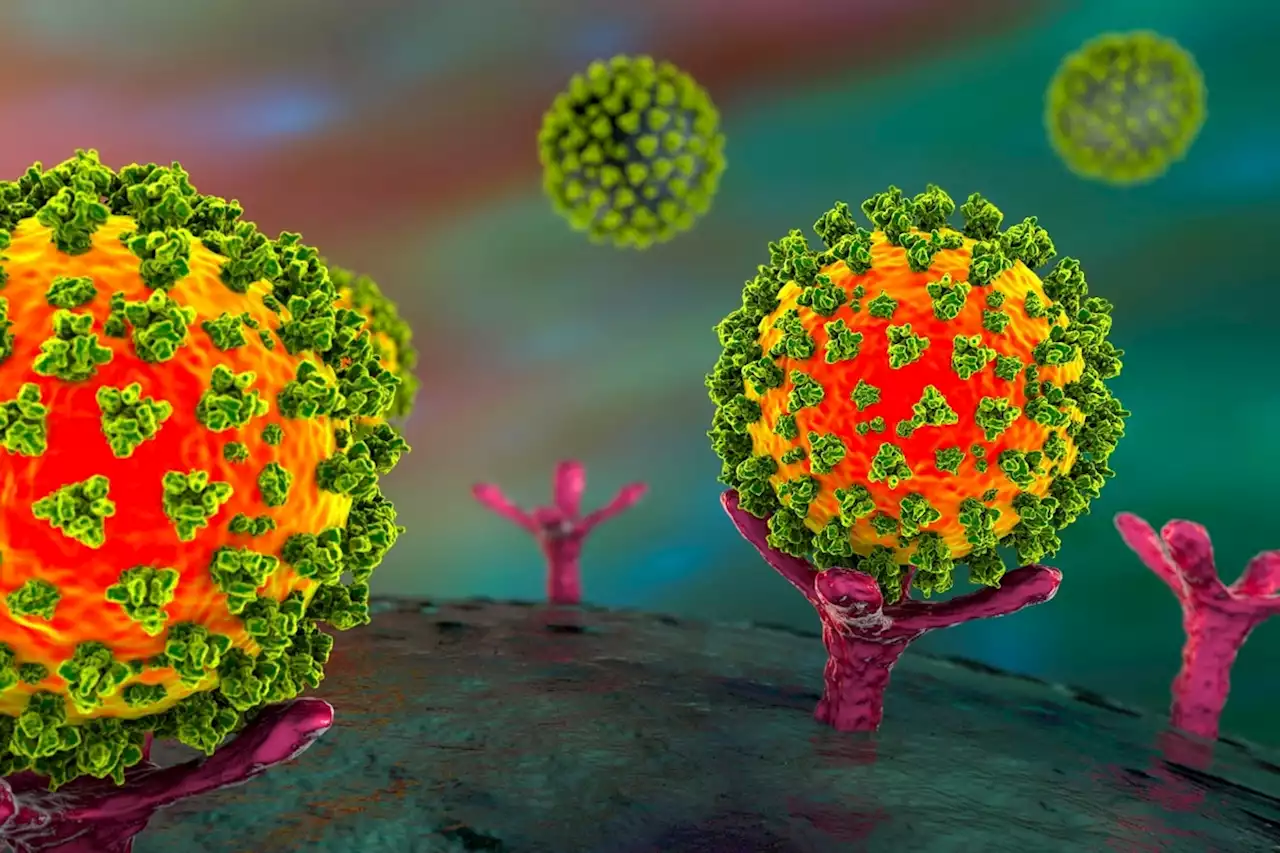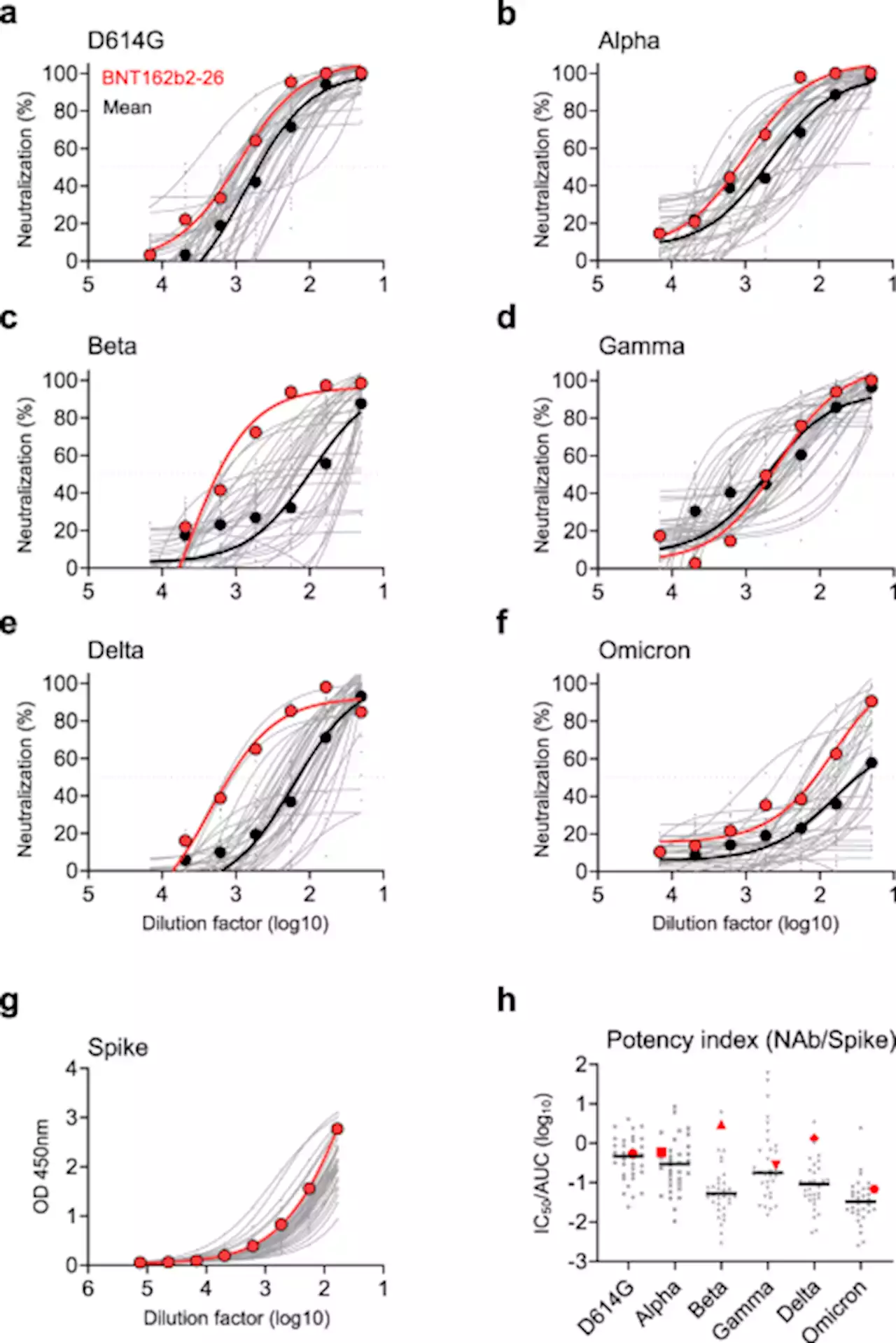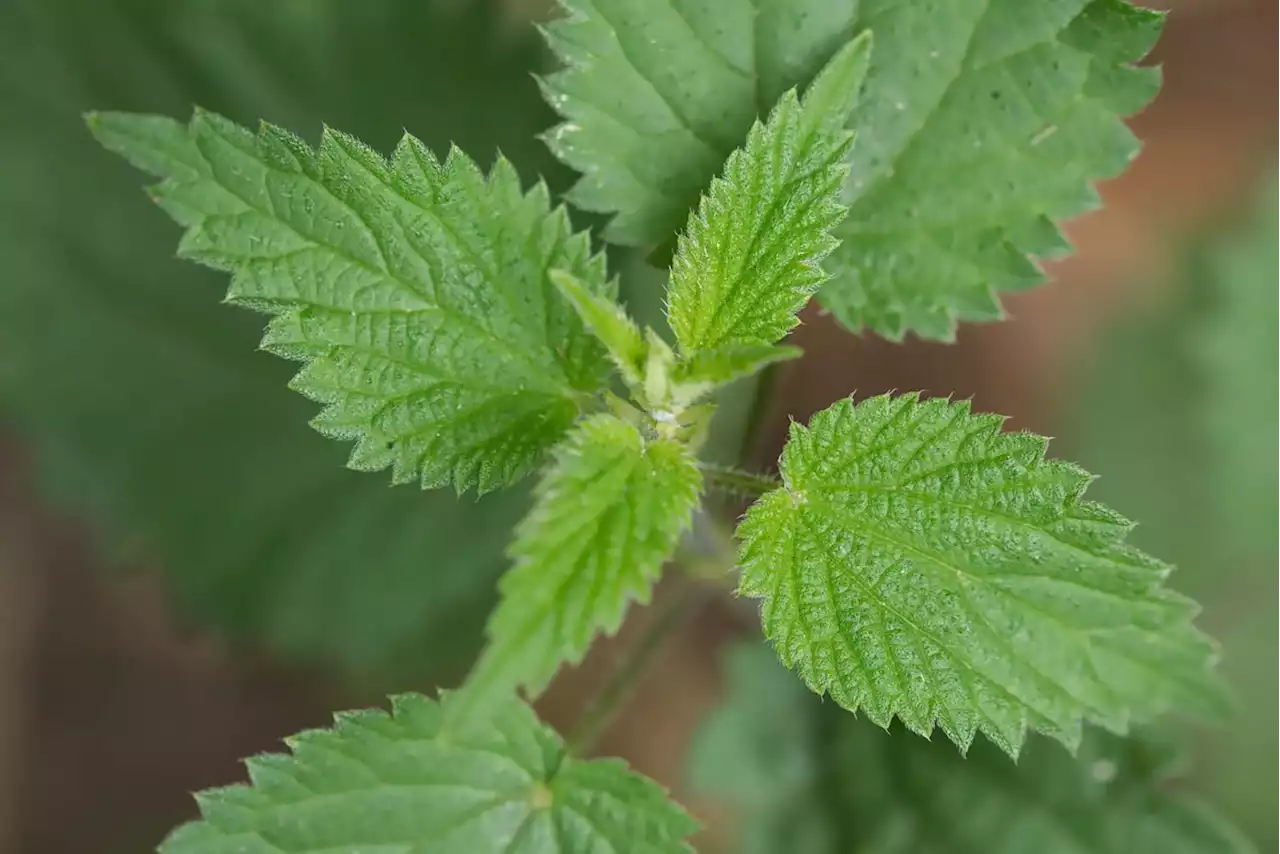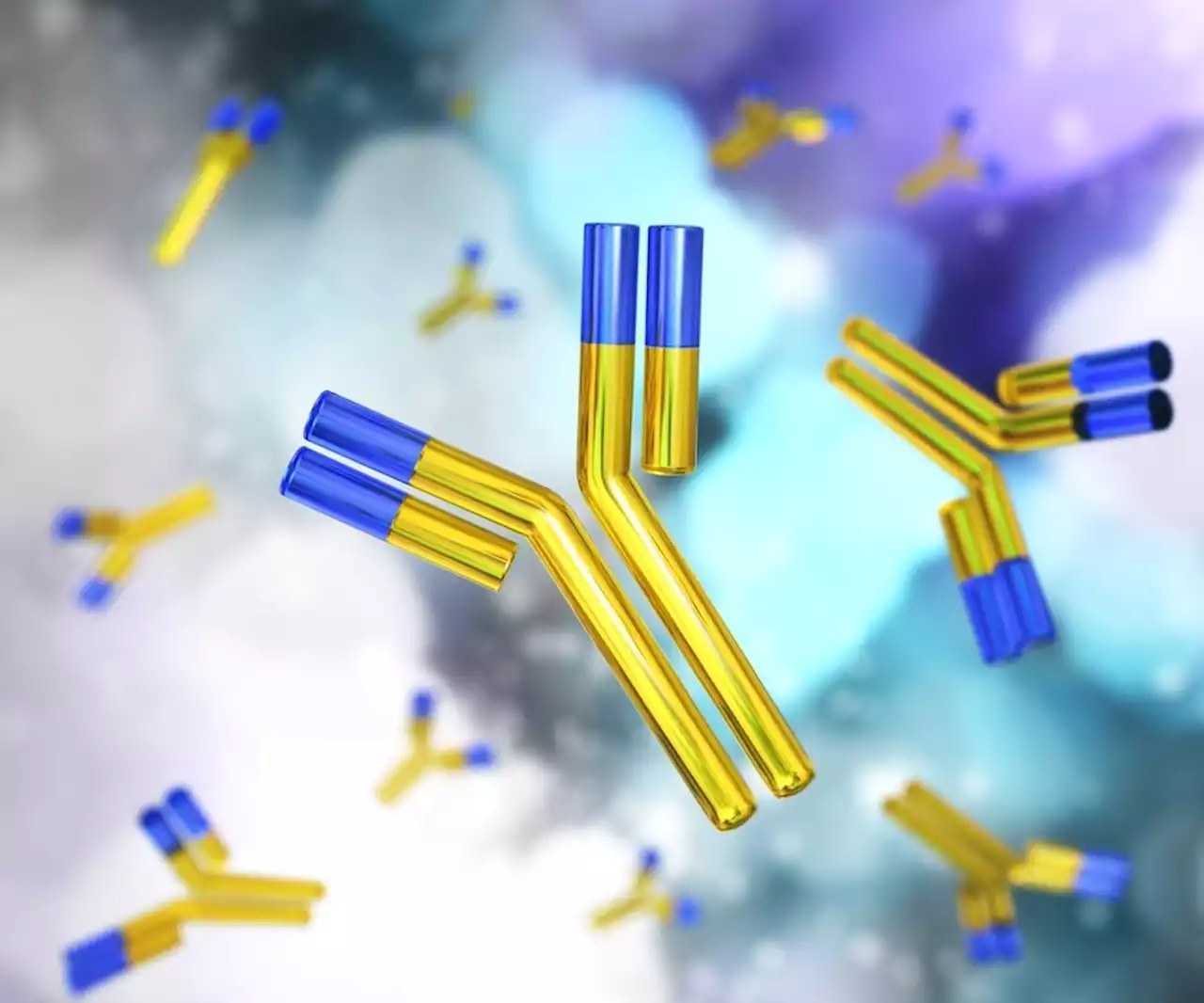Production of anti-SARS-CoV-2 antibodies from hyperimmunized chickens Antibodies Coronavirus Disease COVID chickens neutralizing antibodies egg SARSCoV2 VirusesMDPI ucdavis UTSEngage GeorgeMasonU
By Dr. Priyom Bose, Ph.D.Jul 12 2022Reviewed by Benedette Cuffari, M.Sc. The severe acute respiratory syndrome coronavirus 2 was first reported in late December 2019 in Wuhan, China, and is the etiologic agent of the ongoing coronavirus disease 2019 pandemic. To date, SARS-CoV-2 has infected over 557 million and claimed more than 6.35 million lives worldwide.
Study: Hyperimmunized Chickens Produce Neutralizing Antibodies against SARS-CoV-2. Image Credit: ustas7777777 / Shutterstock.com In coronaviruses, the RBD is the most antigenic site of the S1 domain and, as a result, is used as the target in current COVID-19 vaccines and most therapeutics. The S1 domain of the protein induces the production of neutralizing antibodies.
Studies have shown that an egg yolk typically yields 50-100 mg of IgY, which contain between 2-10% of specific antibodies. However, the amount of antigen-specific IgY produced by hyperimmunized hens depends on the age of the hen, dose, antigenicity, molecular weight of the antigen, and route of administration.
In this study, all vaccines had a volume of 0.5 µl and were administered through the intramuscular route in the pectoral muscle. Blood samples were collected 21 days following the second immunization and at the end of the experiment, which was six weeks after the second dose. The dose and type of antigen were the two most important factors that influenced the number of antibodies produced. Although all vaccines produced antibodies against SARS-CoV-2, vaccines that targeted the glycosylated S1 protein and a combination of glycosylated S1 and non-glycosylated RBD of S1 exhibited better neutralization capacity. Notably, antibodies generated from vaccine C could be administered as a fraction of the dose necessary for an effective seroconversion.
United Kingdom Latest News, United Kingdom Headlines
Similar News:You can also read news stories similar to this one that we have collected from other news sources.
 SARS-CoV-2 spike protein downregulates ACE2 expressionSARS-CoV-2 spike protein downregulates ACE2 expression SARSCoV2 COVID19 ACE2 SpikeProtein
SARS-CoV-2 spike protein downregulates ACE2 expressionSARS-CoV-2 spike protein downregulates ACE2 expression SARSCoV2 COVID19 ACE2 SpikeProtein
Read more »
 A broadly neutralizing antibody protects Syrian hamsters against SARS-CoV-2 Omicron challenge - Nature CommunicationsSARS-CoV-2 variants of concern such as the Omicron variant pose a challenge for vaccination and antibody immunotherapy. Here, Zhou et al. isolate a broadly neutralizing antibody (bNAb), named ZCB11, that protects Golden Syrian hamsters against Omicron. Applying CryoEM the authors show that ZCB11 heavy chain predominantly interacts with RBD in up confirmation, which interferes with ACE2 receptor binding.
A broadly neutralizing antibody protects Syrian hamsters against SARS-CoV-2 Omicron challenge - Nature CommunicationsSARS-CoV-2 variants of concern such as the Omicron variant pose a challenge for vaccination and antibody immunotherapy. Here, Zhou et al. isolate a broadly neutralizing antibody (bNAb), named ZCB11, that protects Golden Syrian hamsters against Omicron. Applying CryoEM the authors show that ZCB11 heavy chain predominantly interacts with RBD in up confirmation, which interferes with ACE2 receptor binding.
Read more »
 Stinging nettle extract inhibits SARS-CoV-2 cell fusionIn a recent study posted to the bioRxiv* preprint server, researchers at Ghent University and KU Leuven, Belgium, demonstrated that Urtica dioica agglutinin (UDA), a monomeric lectin extracted from stinging nettle rhizomes, inhibited severe acute respiratory syndrome coronavirus 2 (SARS-CoV-2) variants of concern (VOCs) cell to cell fusion.
Stinging nettle extract inhibits SARS-CoV-2 cell fusionIn a recent study posted to the bioRxiv* preprint server, researchers at Ghent University and KU Leuven, Belgium, demonstrated that Urtica dioica agglutinin (UDA), a monomeric lectin extracted from stinging nettle rhizomes, inhibited severe acute respiratory syndrome coronavirus 2 (SARS-CoV-2) variants of concern (VOCs) cell to cell fusion.
Read more »
 Scientists explore antigenic imprinting in SARS-CoV-2A recently published study compared monoclonal RBD antibody responses induced by SARS-CoV-2 Beta variant infections to antibodies induced by the ancestral virus in immunologically naive subjects.
Scientists explore antigenic imprinting in SARS-CoV-2A recently published study compared monoclonal RBD antibody responses induced by SARS-CoV-2 Beta variant infections to antibodies induced by the ancestral virus in immunologically naive subjects.
Read more »
 Scientists explore antigenic imprinting in SARS-CoV-2A recently published study compared monoclonal RBD antibody responses induced by SARS-CoV-2 Beta variant infections to antibodies induced by the ancestral virus in immunologically naive subjects.
Scientists explore antigenic imprinting in SARS-CoV-2A recently published study compared monoclonal RBD antibody responses induced by SARS-CoV-2 Beta variant infections to antibodies induced by the ancestral virus in immunologically naive subjects.
Read more »
 A broadly neutralizing antibody protects Syrian hamsters against SARS-CoV-2 Omicron challenge - Nature CommunicationsSARS-CoV-2 variants of concern such as the Omicron variant pose a challenge for vaccination and antibody immunotherapy. Here, Zhou et al. isolate a broadly neutralizing antibody (bNAb), named ZCB11, that protects Golden Syrian hamsters against Omicron. Applying CryoEM the authors show that ZCB11 heavy chain predominantly interacts with RBD in up confirmation, which interferes with ACE2 receptor binding.
A broadly neutralizing antibody protects Syrian hamsters against SARS-CoV-2 Omicron challenge - Nature CommunicationsSARS-CoV-2 variants of concern such as the Omicron variant pose a challenge for vaccination and antibody immunotherapy. Here, Zhou et al. isolate a broadly neutralizing antibody (bNAb), named ZCB11, that protects Golden Syrian hamsters against Omicron. Applying CryoEM the authors show that ZCB11 heavy chain predominantly interacts with RBD in up confirmation, which interferes with ACE2 receptor binding.
Read more »
